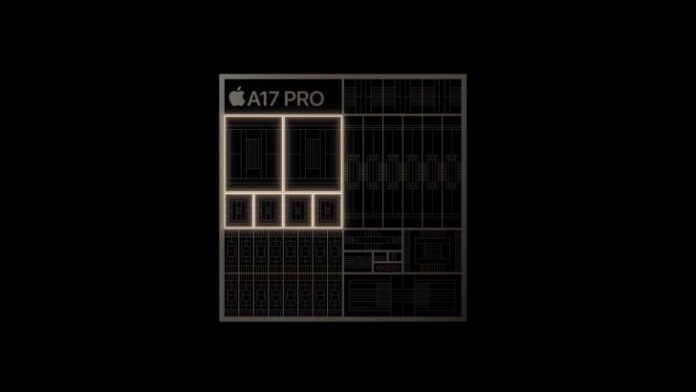
The A17 Pro might be the industry’s first 3nm chipset, but various performance leaks and metrics reveal that it only provides a small performance bump compared to the A16 Bionic. For instance, the newest silicon only managed single-digit gains against last year’s SoC in multi-core tests, with the GPU side of things only obtaining a 20 percent improvement.
Now, the reason for these small differences is that a new leak shows the A17 Pro and A16 Bionic might not be all that different from one another, with the newest part suggested to be an improved version carrying higher clock speeds and other optimizations. The leak is related to the codenames given to the chipsets’ performance and efficiency cores, and we take a closer look at that evidence.
A17 Pro and A16 Bionic core share the same ‘H15’ codename, indicating that Apple may have just improved the latter while shifting to the 3nm process
The leak showing the codenames comes from an undisclosed Weibo account, but Revegnus has posted an image below from his X account showing the similarities between the A17 Pro and A16 Bionic. Each performance and efficiency core of a chipset is separated by a codename. For the A15 Bionic, it was H14C, and for the A16 Bionic, it was H15. However, what is most interesting is that for the A17 Pro, the codename used is ‘H15 Coll.’
If Apple’s first 3nm silicon was completely different, it should have been assigned an entirely new codename, such as H16, but that is not the case here. In the post, Revegnus states that the A17 Pro might be an improved iteration of the A16 Bionic that has been given an additional GPU core, features improved clock speeds for the performance cores, and comes with more optimizations.
We also noticed that according to a Chinese regulatory filing, despite all iPhone 15 models featuring a bigger battery than their direct predecessors, they have the same runtime as the iPhone 14 lineup, which should not be the case when you have an efficient 3nm SoC powering the innards. In case you missed this tidbit too, Apple did not showcase any graphs with the A17 Pro standing above the competition in any category, meaning that there must have been something to hide.
It is possible that this silicon is just another ‘stop-gap’ product and that the actual improvements are seen with the A18 Pro or A18 Bionic, whatever Apple decides to name next year’s flagship iPhone chip. For now, anyone who has an iPhone 14 and plans to upgrade to the iPhone 15 Pro and iPhone 15 Pro Max might be rethinking their purchasing decision.
WccftechContinue reading/original-link]





